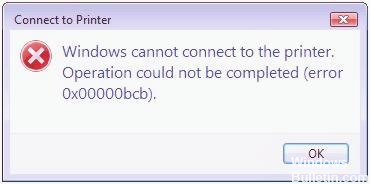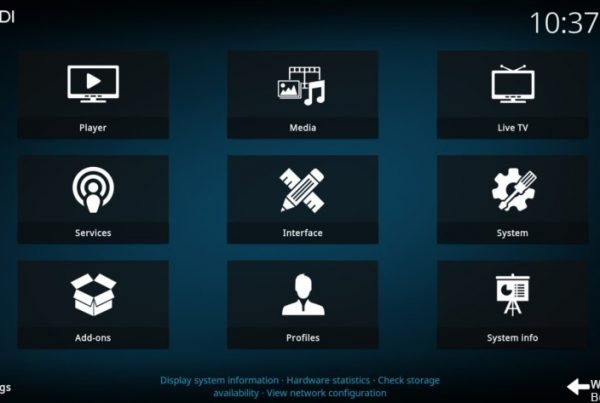This part of the SEO refers to the optimization of the images of a web portal. The objective of SEO for images is to improve the positioning of the web portal in the SERPs and Google image results to increase the visibility of the web portal. At the same time, the image optimization lead to an increase in the value [TF * IDF].
General information
A web portal is made up of many different items. Some are visible, some are not (Eg source code). The image is located next to the text and is the component with the highest visibility of the web portal. In the E-Commerce sector, for example, the quality of images and design has a great impact on user behavior and decisions. Therefore, large online stores like Zalando constantly optimize their images. Both the visible factors and those that do not have a significant weight in the positioning of websites.
Aspects of SEO for Images
As the SEO of the web portal works, the SEO for images It has different levels that must be considered for optimization: the visual level, the meta level, and the images itself.
Aspects of the image "per se"
- File size: the less weight it has and the smaller the size of the image, the easier it will be to index it. Images larger than 10MB should not be used.
- file name: the title is very important for the positioning of the images in the SERPs and should describe what they show.
- Format: the format that users like the most is 4: 3.
- The url leading to the image must have a relevant structure with respect to the document
Eg www.example.es/coches/renault/r5.jpg).
- Supplementary items they are written with hyphens.
Eg: an image containing green tomatoes. Title: green-tomatoes.jpg
Aspects of metadata
- Content- The order in which the images appear in relation to the content is very relevant.
- ALT attribute- Used to describe images and should contain some keyword.
- Title tag: the meta title must be consistent with the image and use a keyword.
The links
Some factors that impact positioning are:
- Robust internal link structure: can be obtained with thumbnails.
- Various uses: In this circumstance, SEO for images is complementary to SEO for content. Multiple use of images with the same metadata is better for positioning.
- Backlink: they do not have a direct effect on the positioning in spite of everything: the more popular a web portal has and the more trust it inspires, the greater the probability that it will have better positioning.
All of this always depends on the competition. The more popular the concept of the photo, the more difficult it will be to position it in the best results.
Advantage
The benefits of getting the most out of images are:
- Increased visibility
- Increased traffic
- Position yourself in the first results of universal searches
Summary
The image optimization It benefits the web portal not only with regard to SEO: improving the images implies improving the loading time of the page and, in this way, increase user experience on the web portal. Finally, improving accessibility and offering detailed information to people with visual disabilities is a possibility of increasing the quality of the content and the added value.
Web links
- 7 Keys to SEO for Images Blog deteresa.com







